A Cracked Concrete Driveway
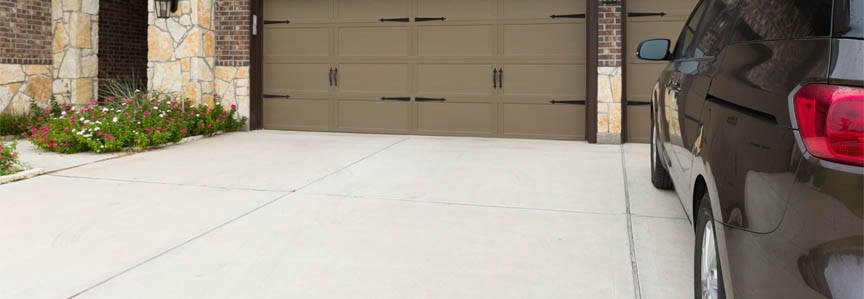
Is your concrete driveway the victim of misuse, aging, or common deformities like cracks, weathering, or discoloration? Well, it’s very common as concrete driveways are prone to these forms of damage as they are constantly exposed to harsh UV rays, and fertilizers and have heavy vehicles parked on them daily. This leads to stress in the structural integrity of the slab as well as the finished surface, resulting in the damage that you see on your driveways today. We understand that these damages can leave you wanting to replace your concrete, but that process can take weeks and cost you thousands of dollars in the process. So today, we are going to be going over a few tips and tricks on how you can bring your driveway back to life with concrete resurfacing! Down below, you will find some of the tricks pros use to resurface concrete driveways!
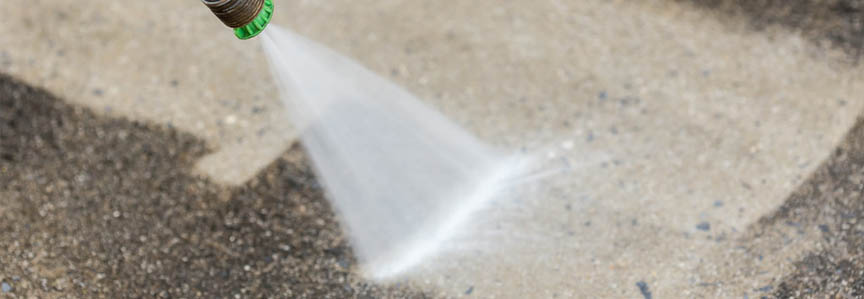
Before you even start to think about mixing or applying your resurfacing agent, you need to make sure that your concrete is absolutely clean. The most efficient way to clean your concrete is with a high-output pressure washer with at least 3500 PSI, almost like you are getting a home ready for paint. The driveway can also have oils and grease coating their surface so it is always a good measure to apply an oil and grease remover before pressure washing to promote a strong bonding surface.
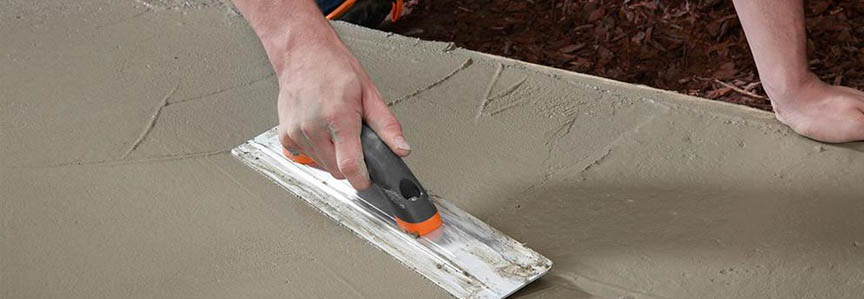
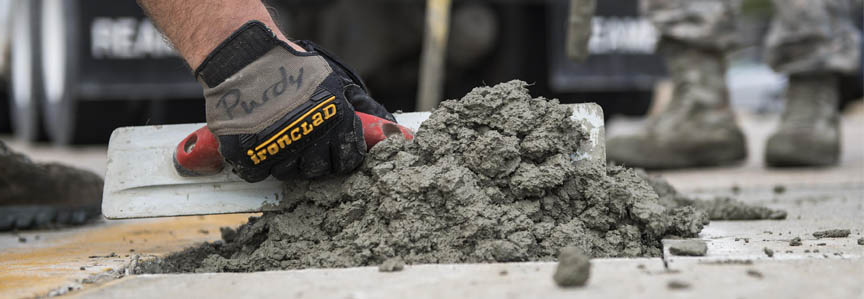
- Safety Equipment
- Magnesium Floats
- Trowels
- Squeegees
- Brooms For Finishing
- Concrete Edgers
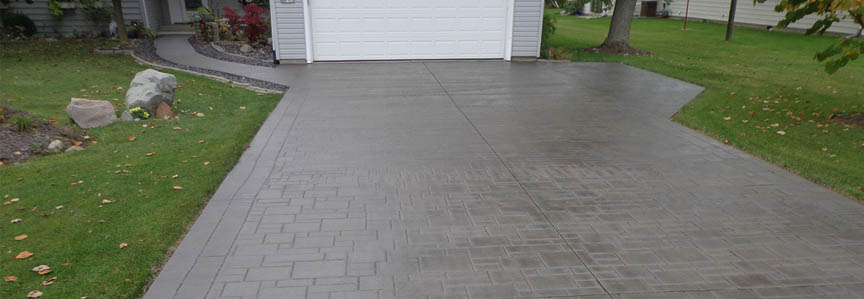
One of the most common mistakes that are made with DIY resurfacers is the installer not allowing the material to properly cure before using the driveway. Depending on the weather and the thickness of the material you have laid down, a good rule of thumb is to allow the material to cure for at least 8 hours before walking on it and 24 hours before any vehicle drives on it. By waiting for the resurfacer to properly cure, your finished product will be much stronger and resistant to anything life can throw your way.
Well, now that you have some of the knowledge the pros have, its time to start on your resurfacing project! Remember, resurfacing is only a temporary solution that will need to be reevaluated after a couple of years. Well no matter what you decide to do with your driveway, we wish you the best of luck on all of your home renovations to come!
